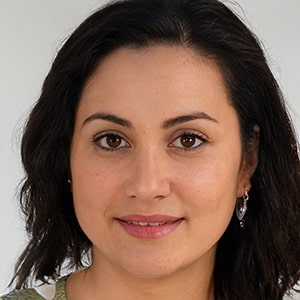Which of the following is characteristic of whole blood?
Red blood cells are the most abundant type of cell found in whole blood. Red blood cells carry oxygen and nutrients to all parts of the body, including organs such as the brain, heart, kidneys and lungs. Whole blood also contains white blood cells which fight infection.
The other types of cells found in whole blood include platelets that help with clotting; a small number of lymphocytes; and plasma, a liquid part made mostly from water but which also includes proteins that form into clots when you cut yourself for instance.
Blood is one thing we cannot live without because it carries oxygen throughout our bodies to power every organ! What’s more interesting though is how much there is about this substance that we don’t know yet!
Contents
Which of these occurs first in hemostasis?

Fibrinogen is a protein that has to be converted into fibrin by the activation of Factor XIII. Fibrin then helps in clot formation with platelets and helps form a mesh for hemostasis. Other substances, such as von Willebrand factor, also play an important role in this process.
The process of hemostasis begins when trauma causes blood vessels to rupture and bleed uncontrollably. The coagulation system responds by producing the necessary proteins.
And enzymes (Factor XIIa), which help create clots at the site of injury. This prevents excessive bleeding from occurring while healing can occur at the same time!
What are 4 characteristics of blood?
Blood is one of the most important components in our body. It’s created by bone marrow and contains red blood cells, white blood cells, platelets, plasma and more. There are many different types of blood that can be donated to others depending on what kind they have a need for.
For example: O+ type is universal donor while AB- type can receive any other type of donation but cannot donate themselves because their own blood doesn’t work with theirs.
This blog post will go into some detail about 4 characteristics of blood as well as how it needs to be transfused carefully when giving to someone else because an incorrect transfusion could lead to death!
What are the 5 properties of blood?
Blood is a very important part of being human. It’s what carries oxygen and nutrients to the different parts of your body, while also removing waste from cells. Without blood, you would not be able to function as well as you are now.
This article will talk about the five properties that make up blood: red blood cells, white blood cells, platelets, hemoglobin and plasma. Blood is made up of a number of different components including red and white blood cells, platelets, proteins, plasma and clotting factors.
It is also one of the body’s most important organs which makes it essential to maintain good health. The 5 properties are: color, volume, type of cells present in it, protein content and water content.
What are the 7 formed elements of blood?
The human body is made up of seven major formed elements: fat, salt, protein, water, vitamins and minerals. But what are the 7 formed elements of blood? Blood is composed primarily of red cells suspended in a liquid called plasma.
Red blood cells carry oxygen to organs and tissues throughout the body while white blood cells fight infection. There’s much more to learn about this complex system that keeps us alive! Read on for an informative article detailing each element found in blood.”
What blood type is most common?
In the United States, the most common blood type is Type O. This means that around 42% of people in America have this blood type. Blood types are based on proteins found in red blood cells and antigens which are substances on the surface of cells or bacteria that trigger an immune response.
In the United States, the most common blood type is Type O. This means that around 42% of people in America have this blood type. Blood types are based on proteins found in red blood cells and antigens which are substances on the surface of cells or bacteria that trigger an immune response.




